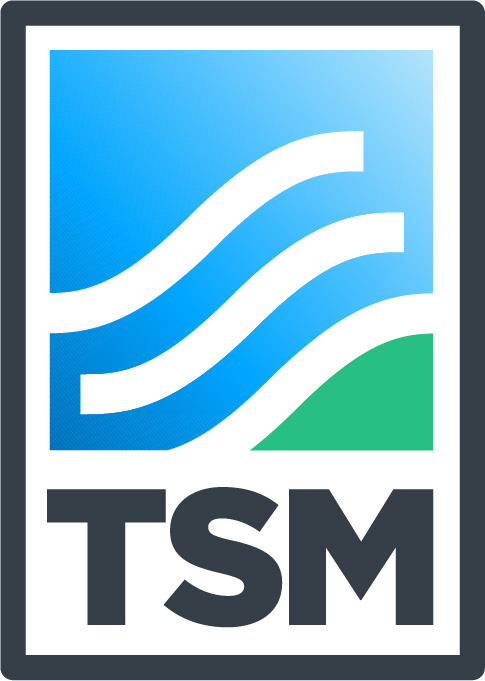Commitment: Since 2006, TSM has been a condition of membership for MAC members. The formal TSM membership commitment is as follows:
Member companies endorse the TSM Guiding Principles and commit to reporting on TSM performance elements within three years. MAC members commit to ensuring assistance is provided to members in achieving these conditions. Members are expected to demonstrate continuous improvement over time.*
*The commitment to continuous improvement over time was added in 2013
When adopting TSM, the first step is to commit to the TSM Guiding Principles. In doing so, mining companies commit to acting responsibly by adopting social, economic and environmental practices that align with the priorities and values of their communities of interest. As a condition of membership in MAC, companies endorse the TSM Guiding Principles and commit to reporting on TSM performance elements within three years of membership.
MAC provides ongoing training and guidance to support members in achieving these conditions and members are expected to demonstrate continuous improvement over time.
The overarching goal of TSM is for all mining companies to achieve a Level A or higher, which means they are effectively managing their key social and environmental risks, and are adhering to good practices in environmental management, safety and community engagement.
Implementation: The TSM Guiding Principles are backed by a suite of eight performance protocols to measure mining facility sustainability performance.
Annual Reporting: Facilities self-assess their performance annually against 30 sustainability performance indicators across eight thematic protocols. They assign a letter grade to each indicator that reflects their performance, ranging from Level C to Level AAA. These grades are made public in MAC’s annual TSM Progress Reports. New members have three years to start publicly reporting their results. The implementation period is as follows:
- Year 1: The company must undertake TSM training and conduct a gap analysis. The results of this analysis are shared with MAC to inform opportunities for capacity building and training.
- Year 2: The company must self-assess their TSM performance, and their results are included in industry aggregated reporting.
- Year 3: The company’s facility-level results are published for the first time in the TSM Progress Report.
- Year 4: The company’s TSM performance results undergo a first external verification and are published in the TSM Progress Report.
External Verification: Every three years, a company undergoes third-party verification. In the year of external verification, mining companies must submit a Letter of Assurance from their CEO stating that the verification was conducted in accordance with the Verifier Terms of Reference. Annually, the Community of Interest Panel selects two mining companies to appear before the Panel and participate in a Post-Verification Review. In this review, the verified results are discussed, and the Panel further examines the company’s ESG performance.
Training: MAC provides on-site and online training on the TSM protocols, frameworks and guides to ensure that the program is consistently applied across the membership.
Ensuring Adherence to the Commitment: Should a member company not meet the minimum expectations of the TSM program as outlined above, a process has been established by the MAC Board to ensure adherence to the commitment and drive continuous improvement.
The first step in the this process requires engagement between the member’s TSM Initiative Leader (i.e., the individual responsible for a company’s TSM implementation) and MAC staff to work to resolve any issues. If the MAC staff member and the TSM Initiative Leader are not able to find a solution, the issue is escalated to the MAC President and/or MAC Board Chair, who will raise the issue with the company’s MAC Board representative. If the issue is still not rectified, it is brought to the TSM Governance Team, made up of representatives from MAC’s member companies, for discussion.
At each of these stages, the objective of the process is to identify ways to bring the company into conformance with the condition of membership (e.g., additional training, a grace period, etc.). If the issue still cannot be resolved, it is brought to MAC’s Executive Committee to consider whether a recommendation should be made to the MAC Board for revocation of membership.
Step #1
Step #2
Step #3
Step #4
Step #5
TSM Policies and Governance
Claims and Labels Policy
Published in December 2021, this policy describe how members and non-members can use messages, logos, and imagery to communicate TSM performance.
Issues Resolution Policy
Published in December 2021, this policy ensures that any issues, concerns, or grievances related to TSM are resolved in a timely, consistent, and transparent manner. This policy allows individuals or groups to submit issues to MAC or Stratos an ERM Company and outlines a multi-step process for resolving any issues raised. No issues, concerns, or grievances related to TSM were received in 2022.
Public Comment Policy
MAC posts relevant draft policies and protocols on the MAC website for public comment. After an initial review by the TSM Governance Team, documents are typically posted for 30 days, though the duration of the public comment period may change depending on the timelines involved. Any comments received are shared with the TSM Initiative Leaders and the Community of Interest Panel to inform further drafts of a given document. MAC also publishes a high-level summary of comments received, alongside a brief explanation of how the comments were or were not addressed.
Program Governance
The governance and decision-making process for the TSM program involves several groups and committees – both internal and external to MAC. Each of these groups has an important role to play in ensuring the credibility, transparency, accountability, and continual improvement of the program. Learn more about TSM governance below.
